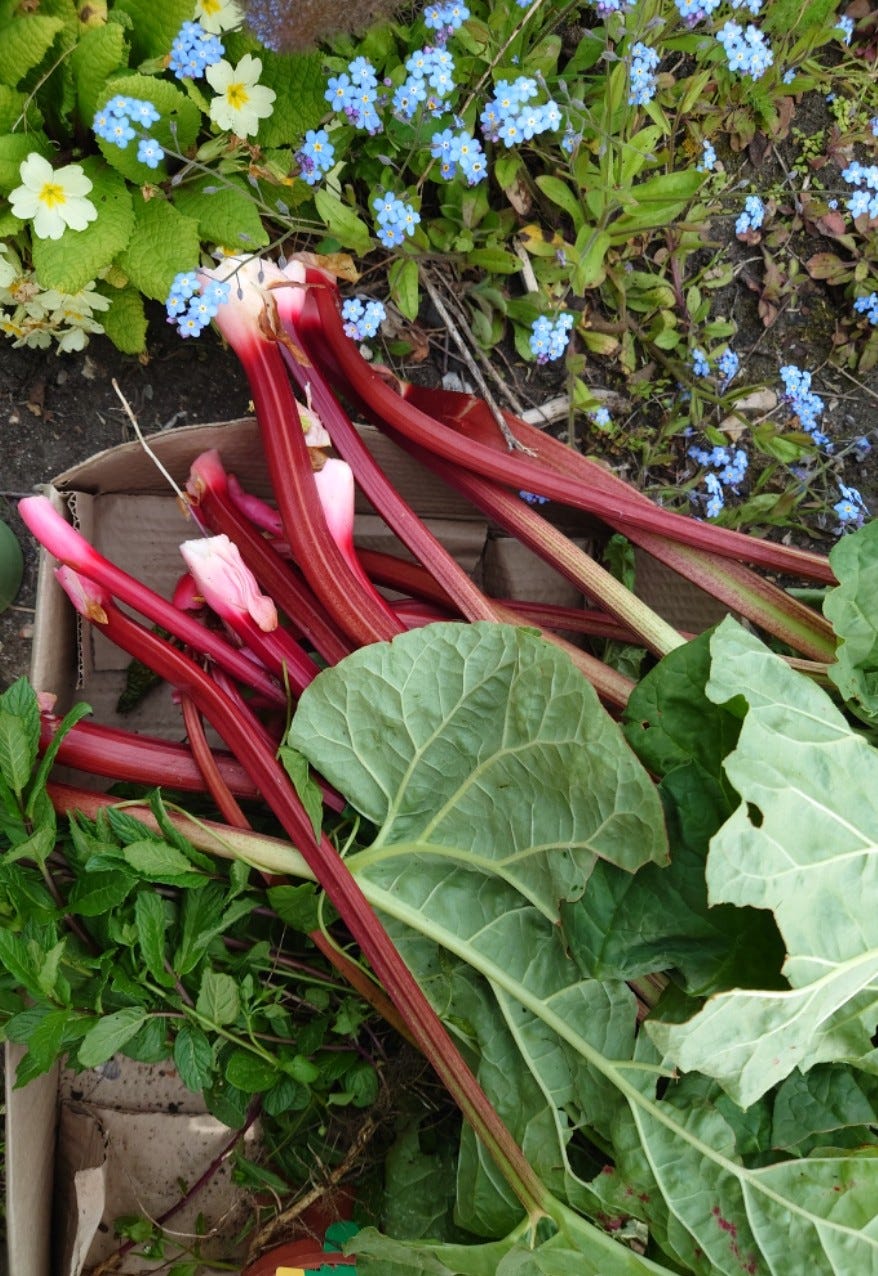Yesterday afternoon at the allotment:
Our russet apple trees have been freshly underplanted with sweet woodruff, English bluebells, Monarda and Brunnera, and the beds with new potatoes, Jerusalem art…
Keep reading with a 7-day free trial
Subscribe to Topographic Kitchens to keep reading this post and get 7 days of free access to the full post archives.




